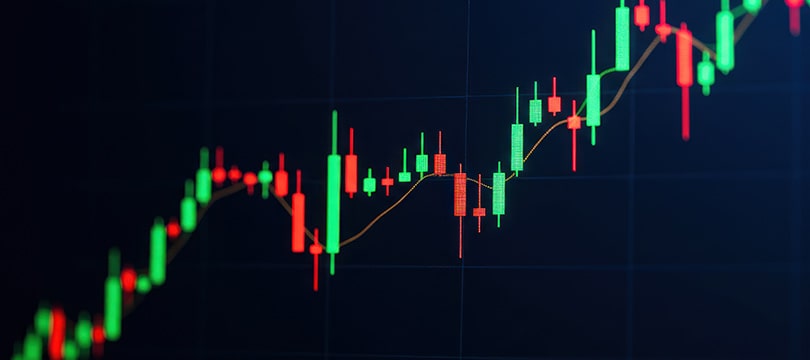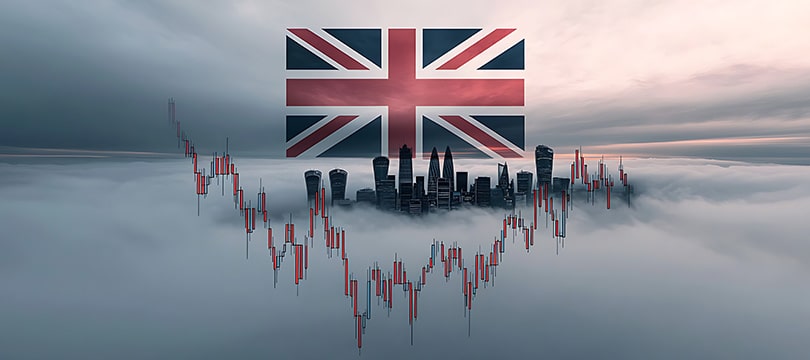Is it really possible to speculate on the future of the world's most advanced technologies with just a few clicks? Yes, all you need to do is trade rare earth elements, the raw materials necessary to power technological devices.
How do you do it? How do you read the movements of such particular assets? In the following guide, we'll answer these questions.
What are rare earth elements?
But first, some context: a definition of rare earth elements.
This term refers to a group of 17 chemical elements belonging to the periodic table, particularly the series of
lanthanides, plus scandium and yttrium. Despite the name, they are not particularly rare in nature: the term derives from the historical difficulty of isolating them in pure form.
What makes these elements so valuable is their strategic importance:
they are essential for the production of modern technologies, from electronic devices to wind turbines, electric vehicles, and military applications.
Here's a brief list of the five most well-known and important rare earth elements for the markets.
- Neodymium (Nd). Used in high-performance permanent magnets found in electric motors, hard drives, and wind turbines. It's one of the most in-demand elements in the energy transition.
- Dysprosium (Dy). Often used together with neodymium to improve the thermal resistance of magnets. Fundamental for electric vehicles and military equipment.
- Terbium (Tb). Used in lasers and LED lighting devices. Also relevant for detection and imaging technologies.
- Europium (Eu). Used in red phosphors for television screens and monitors. Although less in demand than others, it remains important for some electronics sectors.
- Yttrium (Y). Used in superconductors, lasers, and special ceramics. It is often extracted along with other elements in the category.
All these materials have complex markets, often dominated by a few producers (primarily China), and are influenced by both technological demand and geopolitical decisions.
A tool for trading rare earth elements
Unlike gold, oil, or copper, rare earth elements are not normally listed on official commodity markets. For example, it is not possible to buy a neodymium "futures" contract on the CME. However, there is an accessible alternative for those who want to trade:
CFDs.
What are they? A Contract for Difference (CFD) is a derivative financial instrument that allows you to speculate on the price movement of an asset (in this case, even rare earth elements) without physically owning it. With CFDs, you don't buy the mineral, but you open
a long or short position on the price indicated by the broker.
How does a CFD on rare earth elements work? Exactly the same as it does for other assets.
The trader chooses the asset, decides whether to open a long (bullish) or short (bearish) position, sets the financial leverage (if desired), stop loss, and take profit.
At the close of the position, the trader makes a profit or suffers a loss depending on the price difference between opening and closing.
Many brokers offer CFDs on thematic ETFs that replicate companies involved in the extraction and processing of rare earth elements. In other cases, you can speculate on the prices of individual mining stocks.
What impacts rare earth element prices?
The rare earth elements market is extremely sensitive to external factors, more so than purely speculative dynamics. Therefore, it's good to know them if you want to have even a vague hope of predicting the price.
- Geopolitics. China controls over 60% of world production and 90% of refining. This is why any export restrictions or trade tensions (especially with the US and Europe) can cause strong price fluctuations.
- Technological demand. The expansion of electronics, electric cars, and renewables drives demand. A sudden increase in the demand for neodymium magnets, for example, can generate significant price increases.
- Environmental policies. The extraction and refining of rare earth elements have a significant environmental impact. Stricter regulations, especially in the West, can reduce the available supply.
- Investments in green infrastructure. Government plans such as the European Green Deal or the US Inflation Reduction Act increase pressure on the supply chain, which increases demand and, therefore, prices.
- Discoveries and innovations. The opening of new mines, or the invention of technologies that reduce dependence on some rare earth elements, can significantly impact the balance between supply and demand.
The tools of the trade
Rare earth elements represent a niche, but that doesn't mean the trader has to reinvent the trade. Classic trading tools remain valid and, indeed, are fundamental for managing risk in such a volatile sector.
- Stop Loss. A fundamental tool for protecting capital. With rare earth elements, subject to sudden geopolitical movements, the risk of shocks is high. Luckily, the stop loss comes to the rescue, allowing you to set a maximum tolerable loss before the position is automatically closed.
- Take Profit. This tool is used to cash in profits once a preset target is reached. In a speculative market like CFDs on rare earth elements, it's easy to get caught up in greed. Take profit helps keep it in check.
- Technical analysis. Even if tied to macro factors, rare earth elements follow price logics that can be analyzed graphically. In short: patterns, supports and resistances, moving averages, and indicators such as RSI or MACD are useful tools in this case too.
Money management. No strategy can work without careful capital management. The advice is to allocate only a limited part of the portfolio to rare earth elements, define a maximum risk threshold for each operation, and monitor leverage.




